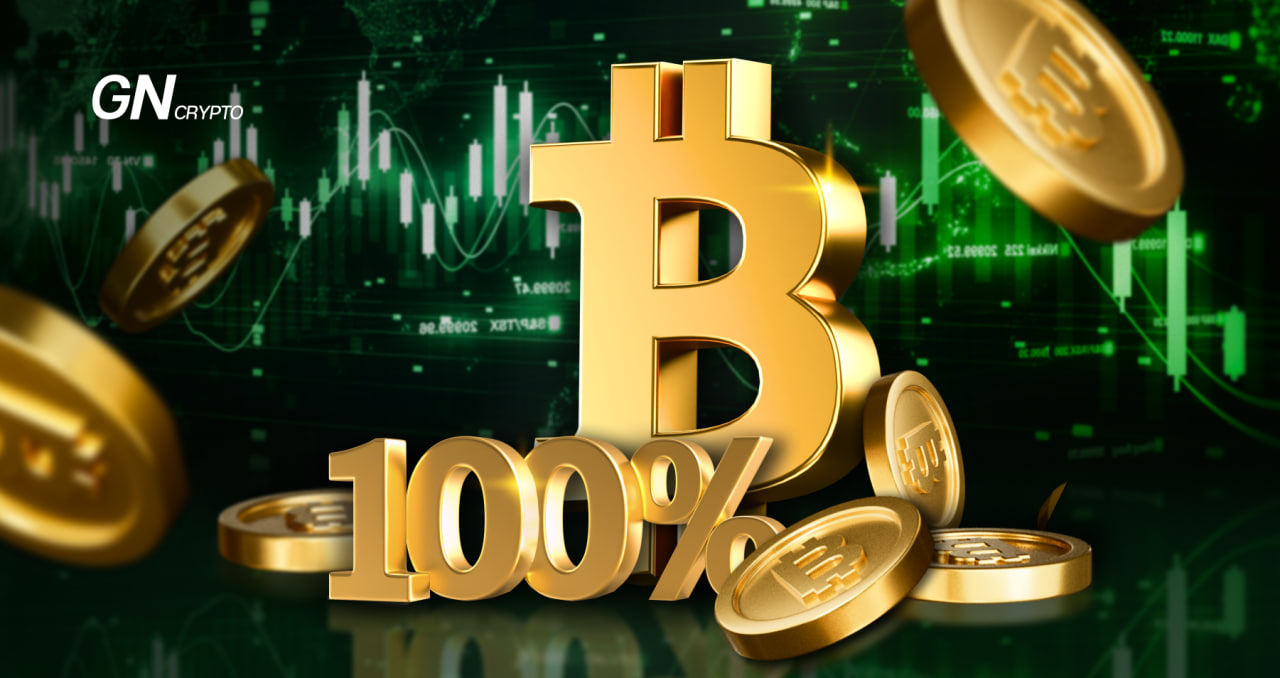Bitcoin Surges 100%, But Altcoins Lag Behind. Why Is That?

Between October 2023 and February 2024, Bitcoin embarked on an impressive rally, reaching a new annual high above $48,000. The crypto community expected altcoins to follow in Bitcoin’s footsteps and achieve similar feats. However, the anticipated surge did not materialize.
On this page
Drawing parallels with the previous bull run that commenced in early 2021, the current scenario starkly contrasts. During that cycle, Bitcoin's ascent led to an explosive growth in altcoins, with some recording over 1000% gains within a mere 1–2 months.
Let's investigate why the forthcoming bull market might deviate from past trends.
Current State of the Crypto Market
According to analytics platform Coingecko, the cryptocurrency market's capitalization stands at $1.7 trillion, nearly half of its value in 2021 when Bitcoin reached its ATH of $69,000. For Bitcoin to reclaim such heights, it would only need to appreciate by 50%. Consequently, even if Bitcoin were to achieve a new all-time high, the overall market capitalization is unlikely to surpass $2 trillion.
Throughout 2023, altcoins experienced relatively subdued growth, with many failing to replicate Bitcoin's positive trajectory. Unlike three years ago, when similar market conditions propelled assets like BNB, XMR, LTC, DOT, XLM, NEAR to yield 300-400% returns for investors, such optimism was conspicuously absent from their performance charts this time around.
Why Aren't Altcoins Growing?
To answer this question, it's crucial to consider three key indices that characterize the crypto market's dynamics:
1. The Fear and Greed Index. The current indicator is around 65, which falls under the “Greed” category. In 2021, for most of the time, this index was in the “Extreme Greed” category, meaning it exceeded 70 points.
The Fear and Greed Index. Source: coinstats.app
2. The Altseason Index. Only once in the past two years has the indicator surpassed the 80 level, and it has been trading even lower than this mark for several months. This indicates that a real altseason has not yet arrived.
The Altseason Index. Source: blockchaincenter.net
3. BTC Dominance. At the time of writing, this figure was 52.5%, whereas during the bull cycle of 2021, the dominance did not exceed 45%. This suggests there's “too much Bitcoin” in the market.
BTC Dominance. Source: tradingview.com
It might appear as though the bull market has yet to kick off: Bitcoin hasn't reached a new all-time high (ATH), while altcoins are either stagnant or quickly reversing any gains made during corrections of the primary cryptocurrency.
However, several fundamental factors suggest the likelihood that traders will witness a lucrative period for their favored assets.
Firstly, in January 2024, spot Bitcoin ETFs were approved. This decision by the American regulator signifies a “point of no return,” making it legislatively impossible to ban cryptocurrencies. Instead, an increasing number of companies are adopting virtual assets and encouraging their users to engage in purchasing them.
Secondly, the Bitcoin network is expected to undergo a halving event in April 2024, which will reduce the miners' reward by half. The anticipated cost of mining BTC will be around $35,000. Thus, if Bitcoin trades below this price, miners will lack the incentive to sell the asset at a loss, potentially driving the price upwards as the market seeks a so-called “fair price.”
These indicators strongly suggest a bullish future for Bitcoin. But what about altcoins?
This Bull Market Won’t Be Like the Others
As many as 80% of the “old” alternative coins, which have long been traded on exchanges, may never reach new highs. This hypothesis is supported by several factors:
- Significant token unlocks, where private investors face a lengthy vesting period, leading to a gradual market entry of tokens. Investors often see any price increase as an opportunity to sell their holdings, creating price pressure;
- Excessively high initial market capitalizations make the future growth prospects of many coins look bleak;
- Lack of marketing efforts;
- Limited utility (the real-world application potential of the native token);
- Intense competition.
Particular attention should be paid to the last point. The market's liquidity isn't infinite, and the money supply has its limits. Consequently, users often prefer projects associated with new narratives and trends, such as ZK-rollups, modular blockchains, and gaming ecosystems. This preference is evident in projects like Celestia, Altlayer, and Dimension, which quickly entered the top 200 crypto assets by market capitalization upon their launch.
In the next bull run, coins tied to projects with potential retroactive airdrops (e.g., various Layer 2 solutions on the Ethereum network), Cosmos ecosystem projects, testnets, and even memes evolving into full-fledged crypto networks (like Berachain) could gain significant popularity. Amid these developments, older altcoins are being overshadowed and losing their positions.
It's conceivable that future cryptocurrency bull markets will deviate from the patterns we've become accustomed to, favoring newer projects with innovative tokens and assets that offer tangible utility. Other altcoins may either continually depreciate or fail to meet investors' expectations.
The content on The Coinomist is for informational purposes only and should not be interpreted as financial advice. While we strive to provide accurate and up-to-date information, we do not guarantee the accuracy, completeness, or reliability of any content. Neither we accept liability for any errors or omissions in the information provided or for any financial losses incurred as a result of relying on this information. Actions based on this content are at your own risk. Always do your own research and consult a professional. See our Terms, Privacy Policy, and Disclaimers for more details.





























